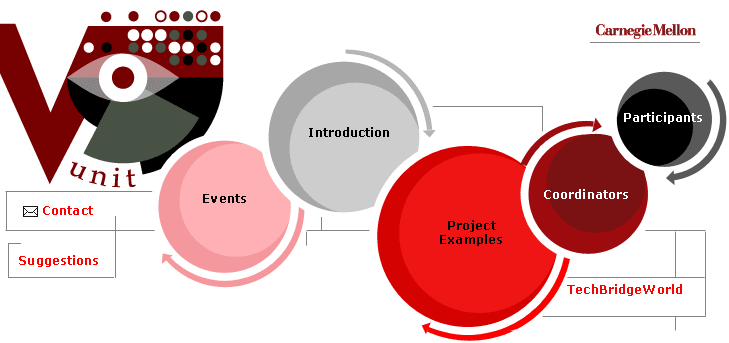Although the percentage of deafblind people in the world is small in numbers, the United States alone has more than 70,000 deafblind people according to the director of the Helen Keller National Center. Even though the majority of people in this category may not have a total loss of vision or hearing, their remaining senses are not reliable enough for them to use these senses independently. Due to their physical challenges, this population has different needs and rely on assistive technology for completing their daily activities. A key daily activity is navigation.
Deafblind travelers usually rely on a sighted guide, guide dogs, or conventional white canes to assist their navigation. They might use other senses to identify landmarks, such as smells, and sound effects for those who have some hearing ability. Navigating both indoors and outdoors is difficult - indoor navigation is harder due to the homogeneous nature of the environment which makes it very confusing for a person with a vision impairment. Comparatively few resources have been dedicated to find solutions for the deafblind and, therefore, the V-Unit is an ideal vehicle to address an important need of this population.
This V-Unit aims to create a mobile phone-based indoor navigation interface for deafblind users. The main motivation of this V-Unit project is to enhance the state of the art in assistive technologies that can increase independence and quality of life for the deafblind population.
Our goal is to provide this underserved population with an affordable technology tool that enhances a capability that is critical to their social and professional life. Very little work has been done to address navigation challenges for this group of people. The proposed work therefore is one important way to highlight the positive impact computer science can have on the lives of underserved populations.

